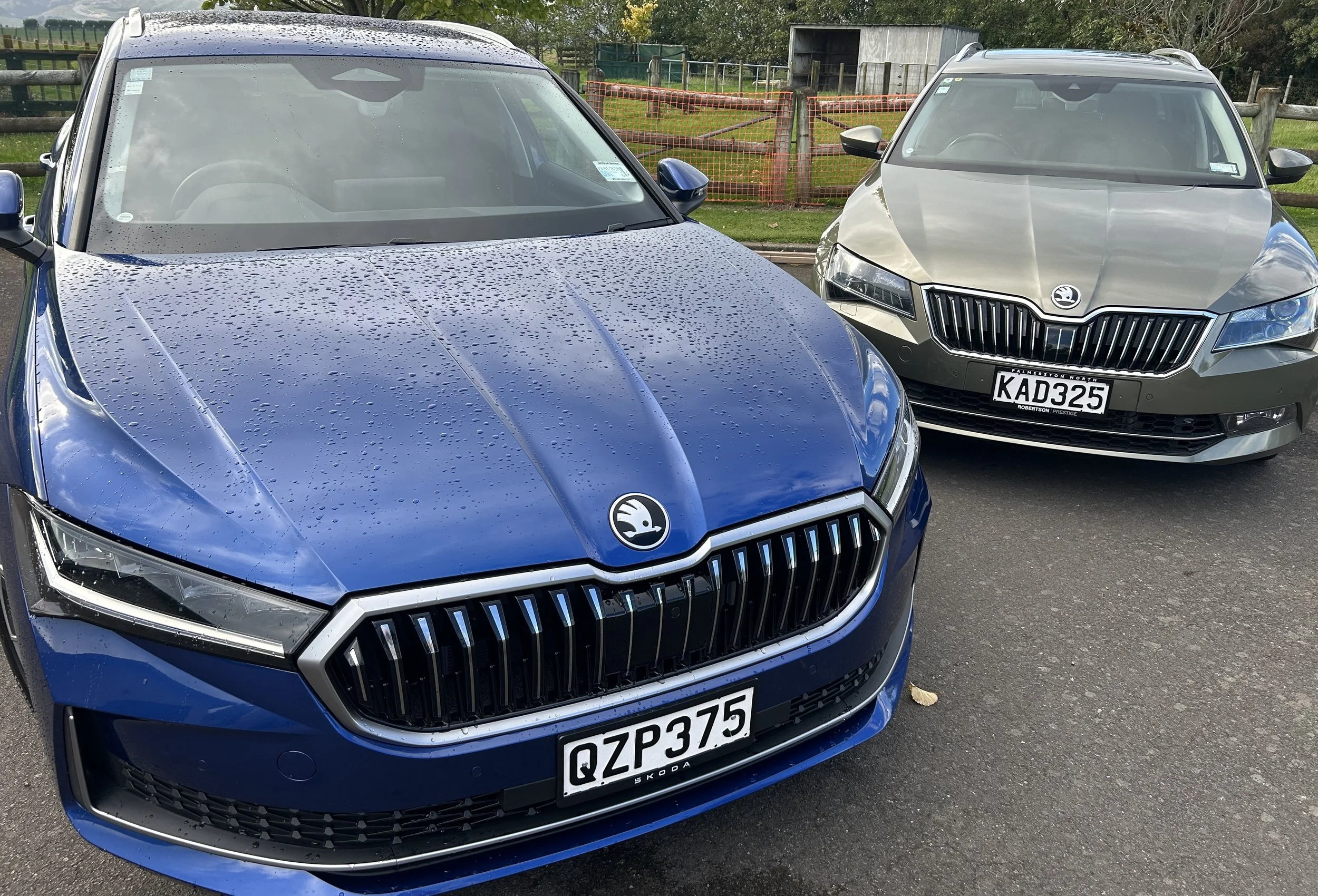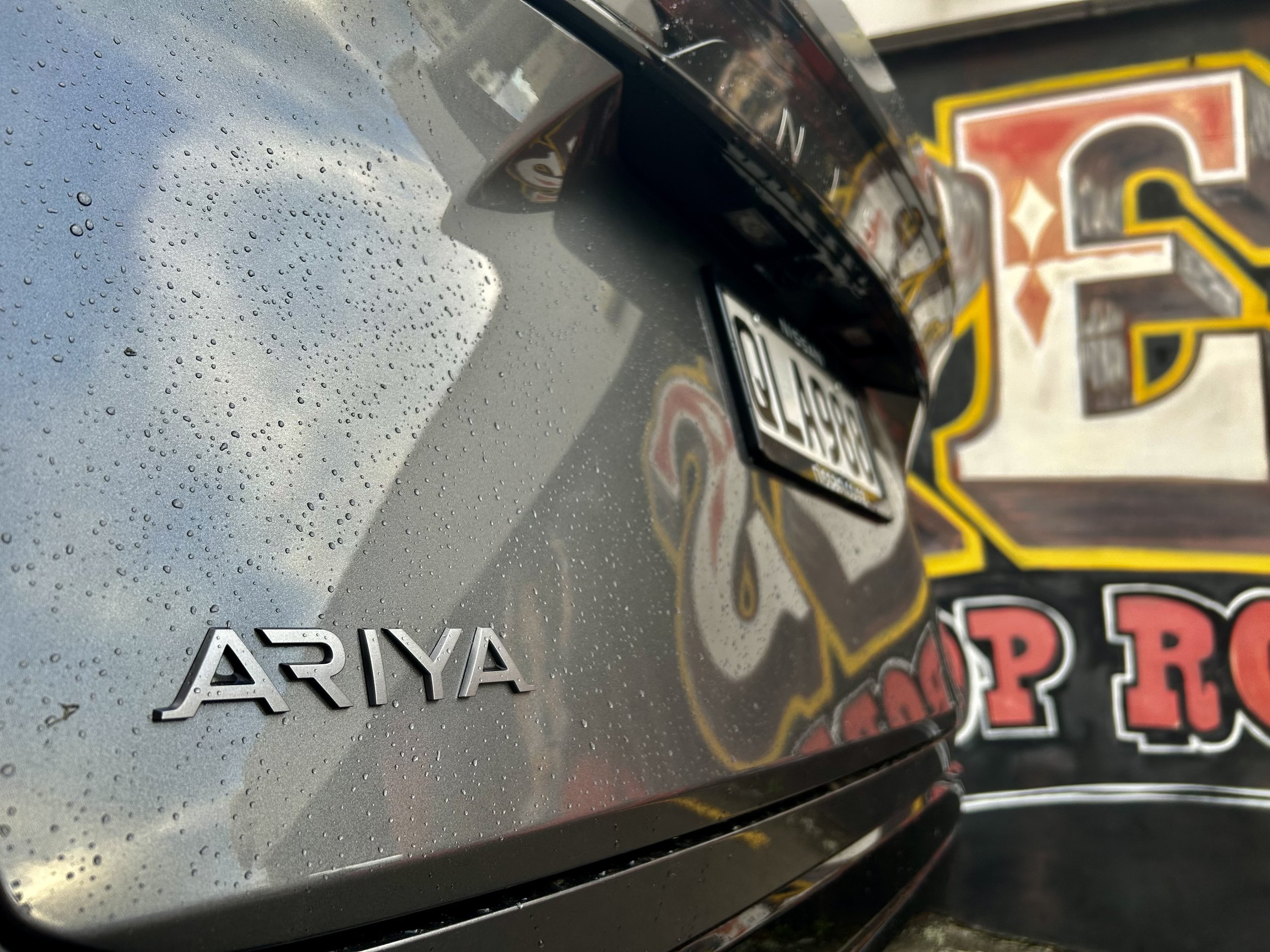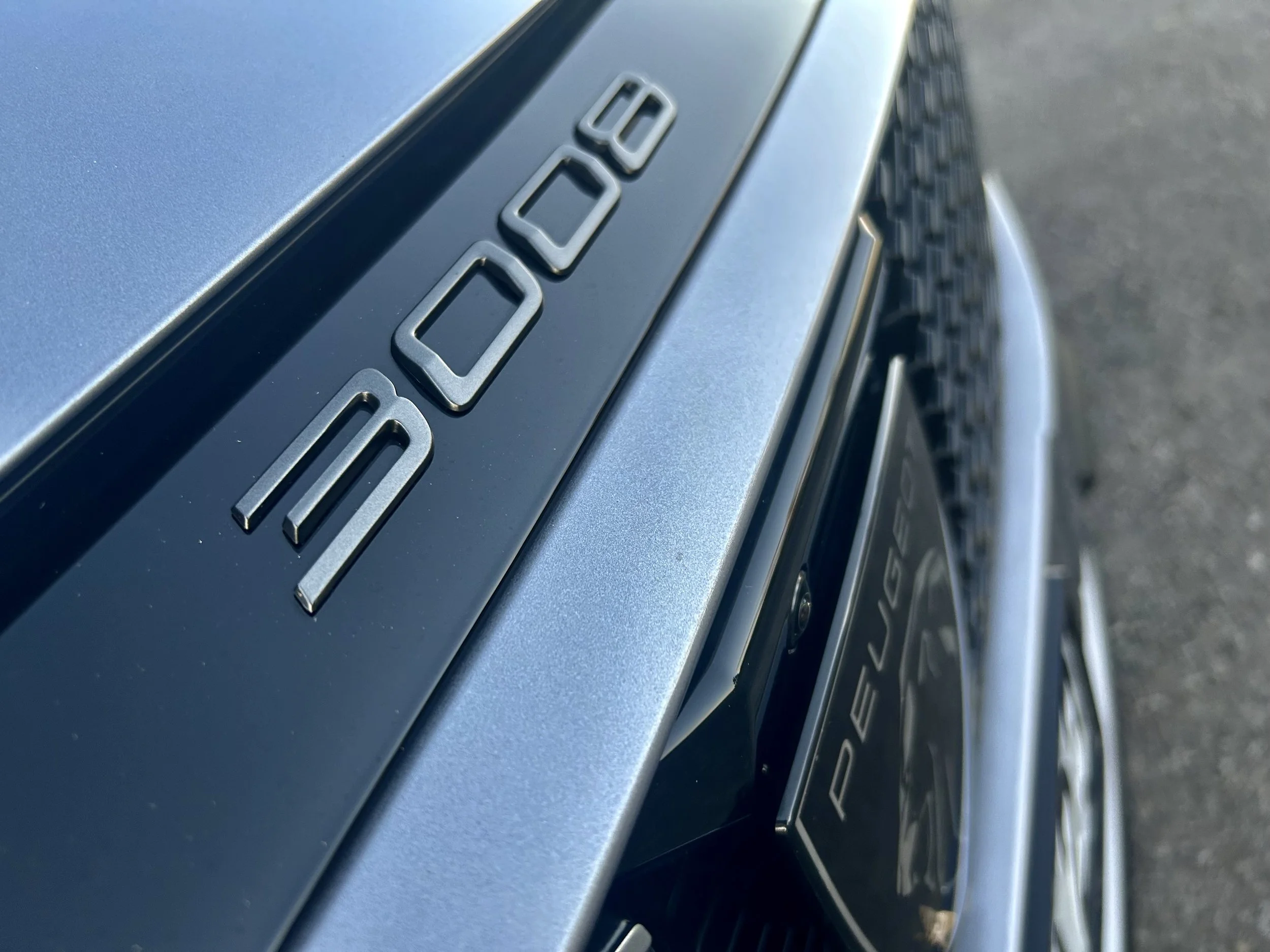The science of SPCCI explained
/Raised compression and ultra-lean air:fuel ratios are at the core of an innovative combustion control process set to debut here soon. The new SkyActiv-X petrol engine will power flagship additions to the Mazda3 and CX-30 line-ups.
A small displacement Roots-type supercharger assists with the high volume of air needed for ultra-lean combustion.
‘CROSSOVER’ has become a modern automotive buzzword.
Mazda has developed a crossover engine – one which runs on petrol but has combustion characteristics more closely aligned to diesel.
And to emphasise the achievement it’s applied the X-suffix to its SkyActiv nomenclature.
The new 2.0-litre SkyActiv-X delivers the throttle response and revving characteristics of a petrol engine with the high torque and low consumption attributes of a diesel.
It’s a practical application of the Homogeneous Charge Compression Ignition (HCCI) petrol engine principle in which a very lean air:fuel mixture reacts spontaneously to heat and pressure during the compression stroke.
To-date HCCI has been considered impractical for production vehicles because they work in a narrow range of conditions. Variations in atmospheric pressure, temperature and fuel quality can result in destructive pre-ignition and detonation.
Mazda’s clever solution has been to add spark control to an engine that theoretically shouldn’t require a spark plug along with a world-first application of in-cylinder pressure sensors.
The SkyActiv-X engine achieves both spark ignition and compression ignition and can move between modes.
Mazda calls the technology SPark Controlled Compression Ignition (SPCCI). The new engine has a very high 16.3:1 static compression ratio and operates at extremely lean air:fuel mixtures.
The theoretical ideal for gasoline engines is to burn a 14.7:1 air:fuel ratio - known as stoichiometric - which defines that all fuel is burnt without excess air.
SkyActiv-X can operate at ratios more than twice as lean (higher than 30:1) – a scenario in which a spark plug would be unable to ignite the lean mixture.
SkyActiv engine production is now at full steam
In SkyActiv-X the spark plug is used to initiate and control combustion. As the piston is compressing the ultra-lean mixture the engine control systems are monitoring cylinder pressure and combustion is initiated with a small and precisely timed atomised fuel charge being injected close to the spark plug.
When ignited it creates an expanding fireball (Mazda calls this an air piston) that rapidly raises the pressure and temperature in the combustion chamber to the point where the much leaner mixture is ignited.
Mazda says size and timing of the fireball is being constantly altered. At cold start and under high revs/high load conditions the engine primarily works in spark ignition mode.
Across a range of normal driving conditions, it is estimated the engine operates in SPCCI mode about 90 per cent of time.
The extremely lean mixture burns cooler which in turn reduces temperature differences in the cylinder head, piston and cylinder walls. The cooler combustion also significantly reduces the formation of nitrogen oxides (NOx).
Along with less fuel the engine also requires more air for which the solution is a small displacement, belt-driven ‘‘Roots’’ type supercharger.
Mazda's MZ-D Connect centre display provides confirmation of when the SkyActiv-X engine is running in SPCCI mode.
In common with the familiar SkyActiv-G 2.0-litre direct injection petrol unit, the SkyActiv-X measures 1998cc displacement. The engines share much of their block and bore/stroke architecture but a new cylinder head has been designed for SkyActiv-X.
Peak power is 132kW at 6000rpm (compared to the current 2.0-litre SkyActiv-G developing 114kW) along with 224Nm of torque at 3000rpm (up from 200Nm and arriving 1000rpm earlier than current SkyActiv-G engines).
When its powering a six-speed auto Mazda3 hatch on 18-inch alloy wheels the fuel consumption is rated at 5.8L/100km (WLTP test procedure) and Mazda estimates an overall consumption improvement in the region of 15 to 17 per cent along with corresponding CO2 emission improvements.
There’s also a Mild Hybrid contribution to the SkyActiv-X efficiency equation with a belt-driven 24-volt integrated starter/generator system. It assists with engine starting, initial movement away from stationary and bolsters the lower portion of the torque curve.
Hybrid output is rated at 4.8kW of power at 1000rpm with a 60.5Nm torque boost at just 200rpm.
To support the new engine characteristics the gear ratios have been altered. The SPCCI engine doesn’t conform to a normal pattern of increased fuel usage as engine revs increase so shorter gear ratios allow the engine to rev a little higher and provide improved response and a sportier character.
While Mazda has achieved a petrol engine breakthrough with its SkyActiv-X technology, the company says diesel engine vehicles will continue and there is a second generation SkyActiv-D diesel family expected to be announced in the near future.
the Mazda3 (above) and CX-30 are first candidates for this new engine technology.























